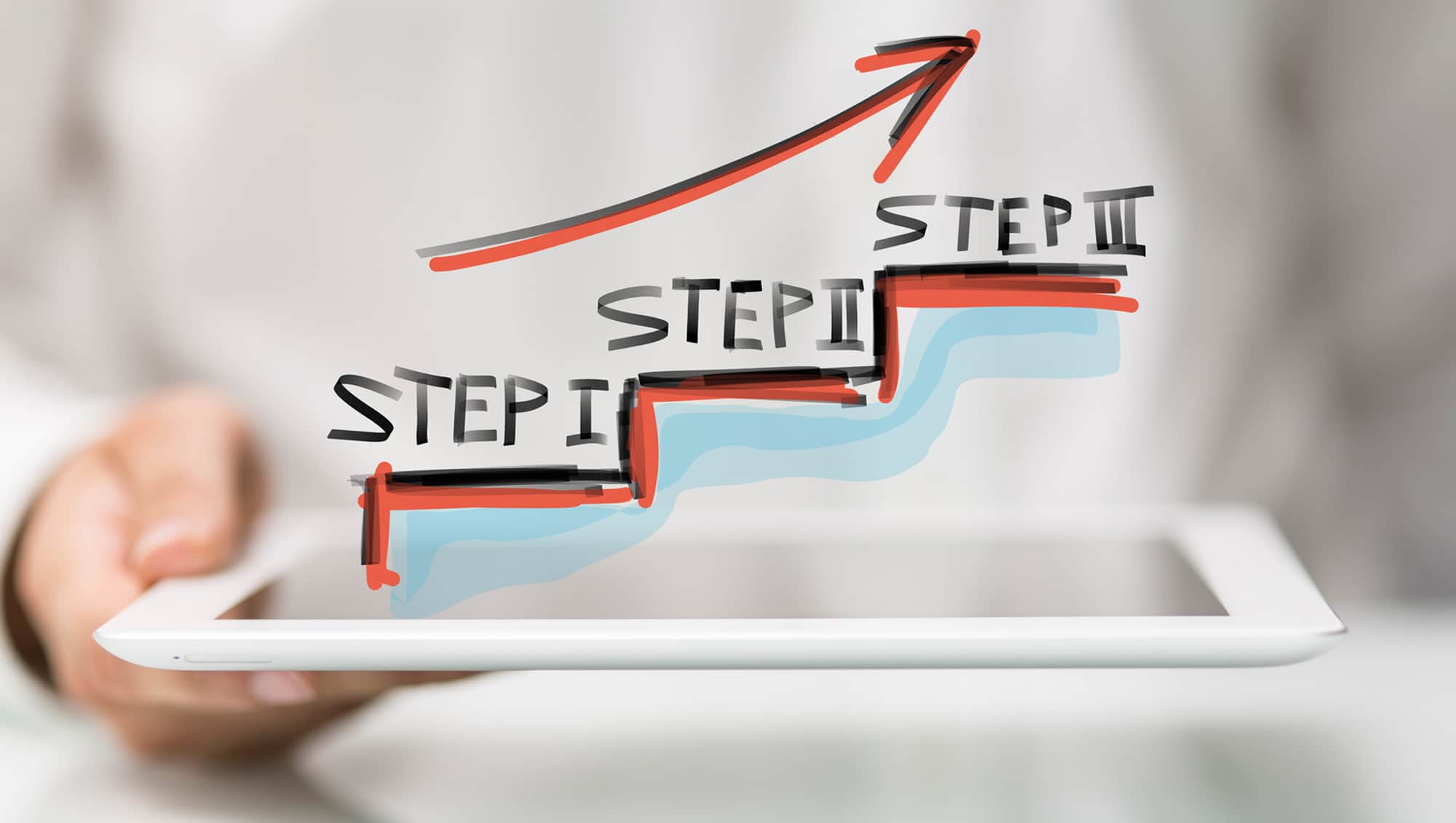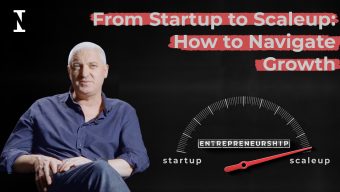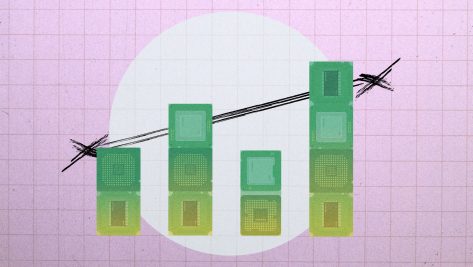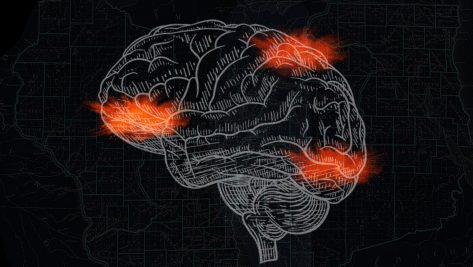Before launching any type of change initiative in a family business, the first aspect to consider is that the success of this model revolves around a project and a set of values that are shared from generation to generation. This factor must remain stable even as the company is changing and adapting to a market that now requires increasingly rapid change; in other words, intelligently manage the dichotomy between traditional values and adaptive innovation.
Continuity is part of the DNA of family businesses. Thus, given the challenge of digital transformation, they must bear in mind what we might call “the ecosystem of family organization”: an ecosystem in which diverse actors and concepts coexist, such as business, family, heritage and philanthropy, which sometimes lead to conflicts if they are not governed by a holistic vision.
Meeting this challenge requires distinguishing between the four phases through which any family business evolves, without presupposing four generations of existence. First comes the startup phase of the company, whose main challenge is to solidify the venture. Then comes what we might call phase 2.0, which revolves around familiarization, i.e., when the owner begins to see the reality of the venture and invites another member of the family to join in. The next stage is family business 3.0, where management starts focusing on the professionalization of the company. This is an important step for the growth of the venture because the entrepreneur relies on new resources or qualified people to keep tabs on the processes. At this point, they enter into the transformation phase, which is the current goal of family businesses. Thus, a family business 4.0 is one that transforms to adapt to the reality of this new world we live in.
There are success stories from many companies already immersed in this stage, coming from industry segments as diverse as tourism, the traditional wine sector and, of course, the tech world. Their eagerness for transformation has made them leaders in their sectors. These firms that have already bet on their own transformation are the most competitive. They have become “5i” companies because of their market intelligence, innovation, I+D (a.k.a. R&D), internationalization and institutional culture.
Continuity is part of the DNA of family businesses. Thus, given the challenge of digital transformation, they must bear in mind what we might call “the ecosystem of family organization”.
The Transformation Comes From the Owners
The architects of this great change must inevitably be the owners of the business. The company’s governing bodies need to implement a strategy that ensures both its transformation and its competitive status in the market. By doing so, they seek to make an impact not only externally, but also internally within the organization.
Once this transformative culture is assimilated, they will be able to operate in an environment shaped by two phenomena that feed back into one another: globalization and digitization. Both clearly define the so-called “society of change,” based fundamentally on three factors: competence, vigor and hyper-transparency.
However, major change does not happen overnight. It involves many elements that should start with the mindset of the owners. It is hard to get the process and the effects of a plan to permeate the entire organization without decisive action from the family.
Speed and Customers
Especially in family business, the speed of change is another key element. Hence, value propositions are better when implemented faster than the competition. This was also true in earlier phases, but it is now becoming even more important to be able to connect faster with consumers.
Among other things, digital transformation means closing the gap with customers in terms of experience and operational efficiency. These days, 90% of data is not leveraged in real time, so one of the critical areas is intelligence. Identifying information from competitors, customers and the business itself should be a priority in order to translate the data into customer responsiveness.
There is evidence of the fleeting nature of information, such as the 150 million emails or 20 million WhatsApp messages sent every minute. Faced with this dizzying panorama, companies can take one of two angles: Go into attack mode or play defense. Without a doubt, the environment encourages ambitiousness, since it is estimated that 10 years from now 60% of the world’s leading companies could be replaced by new ones. Generally, the one who bets on transformation gets better results.
Being ambitious and going into attack mode will bring greater customer loyalty, another one of the keys playing out in this new panorama. In fact, in terms of costs, it is ostensibly more expensive (700% more) to develop a new portfolio, so investing in the consumer experience will be more profitable for the bottom line. Even so, customer-related decisions must be based on analysis and caution. It is important to understand that consumers have enough information today to be more demanding with any product or service. Not surprisingly, only 37% of them feel understood. Certainly, consumers should have a preferential spot on the roadmap of the digital transformation of a family business.
The environment encourages ambitiousness, since it is estimated that 10 years from now 60% of the world’s leading companies could be replaced by new ones.
Profitability and Value
Having solid principles and an awareness of legacy among its strengths, family businesses should perhaps work on their openness to new collaborators and to recruiting the talent they need to face the new realities.
The end goal is always kept intact: To be more profitable as a company and bring value to customers. If these two dimensions go unmet, the plan must be redesigned to provide new business solutions.
The other impacts of a well-implemented digital transformation should result in increased growth, productivity, innovation, user recommendations and talent retention, a differential factor in family companies especially.
Lastly, the transformation must begin in the minds of the leaders: mindset first, tools second.
© IE Insights.











